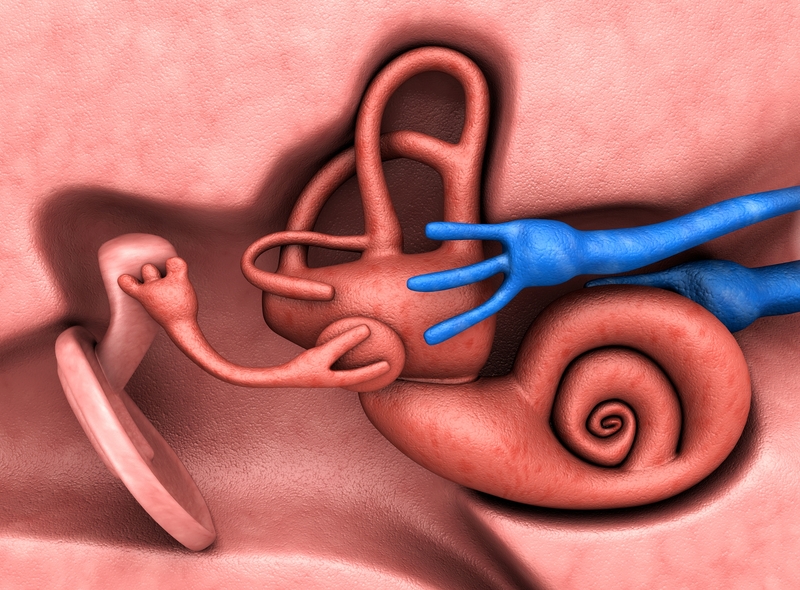10 Ways Motion Sickness Could Indicate Serious Health Problems
8. Body Parts Involved In Motion Sickness

Although motion sickness is a complicated process, researchers know that the motion-sensing organs in the inner ear are responsible for detecting motion sickness, which makes the inner ear an important part in the development of the condition. Vision seems to play less of a role as people are who are blind can still experience motion sickness. The neurotransmitters histamine, acetylcholine, and norepinephrine appear to be involved in the conflicting input within the brain that causes motion sickness symptoms.
7. Symptoms

Symptoms may include nausea, vomiting, vertigo or dizziness, sweating, and a general sense of feeling unwell. Mild symptoms include yawning, a headache and a slightly uneasy feeling while severe symptoms include drooling, shortness of breath, and drowsiness. These symptoms usually occur when the person is in a car, on a boat, in an airplane or on an amusement ride. Symptoms may go away quickly after the repetitive motion has stopped but a general feeling of being unwell may last for several hours.
